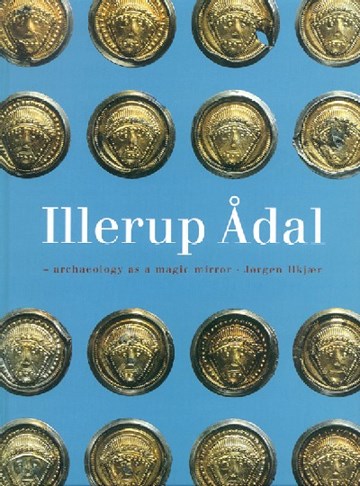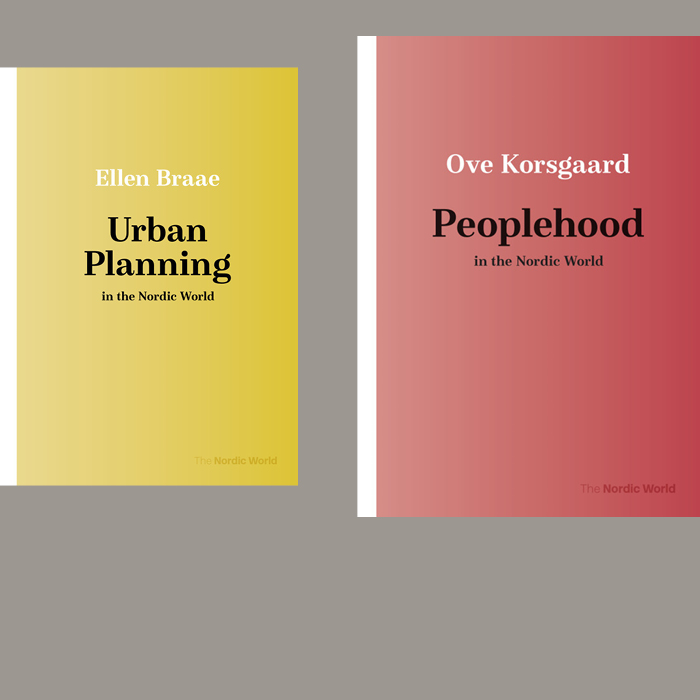
Illerup Ådal
- archaeology as a magic mirror
A part of the subject area Archaeology (general)
Out of stock
With contributions by
Roj Friberg
More about the book
About the book
This book about the excavations in Illerup Ådal in Eastern Jutland tells the story of the Scandinavian regions at the time when the Romans were guarding their boundaries towards the north. This is the story about the background and preconditions for the Viking campaigns of later times. Even though the Romans did not reach further north than Northern Germany in their attempts at colonisation, the Scandinavian region was in any case strongly influenced by Roman culture, but the absence of settlements means that there are no Roman baths, fortresses, villas or bridges to be found. We have to content with Roman weapons, glass, pots and vessels.
The archaeological finds from Illerup Ådal tell the Scandinavian story, providing evidence about events that were not reported in writing as they happened. The story is revealed by large-scale sacrifices of weapons and army equipment from the first half millennium AD. A victorious defender of his native territory turned over the spoils to the god of war in gratitude for the victory on the battlefield.
The Illerup book describes 18 years of excavation in the peat-bog in Eastern Jutland and the equally extensive research which followed.
Among the 15,000 excavated objects there are finds of the most advanced weapon of the time, namely the two-edged Roman sword. Exceptionally fine shields, painted red and with gold and silver mounts, show the status of the prehistoric Scandinavian kings, and the Illerup find's 10 runic inscriptions tell of a Nordic society where some could read and write as a result of intensive and direct contact with the higher levels of contemporary Roman culture.
Table of contents
Preface
Introduction
The world of the Romans
The historical sidelight
Nithijo's world
The history of the bog-finds
Illerup Ådal and the first finds
Geology, nature and preservation conditions
Edelsborg Enge 1950
The scale of the find
The archaeological jigsaw-puzzle
Artefacts in heaps
Weapons and dating
Absolute dating
What did the warriors look like?
Belts and personal equipment
Fire-lighting equipment
Sharpening-steels
Knives
Raw materials and comb types
Bags or purses
Personal belongings in the excavation
The find-contexts
Who did the fighting?
Dating and identification of separate deposits
The patterns in the bog-finds
The early group, from the 1st and 2nd centuries AD
The Illerup horizon from around 200 AD
The combs
The Ejsbøl horizon around 300 AD
The swords and the Roman connections
A magnificent sword
The baldrics
Excavation of a baldric
Finds of baldrics in graves on Sealand
A Roman baldric mount
The shields
Horses and equestrian equipment
Headstalls and saddlery
Types of bit
Receptacles
Saddlery
Early cavalry
Runes, tools and technology
Denarii and other valuables
The military hierarchy
The sacrifice
The sacred lake?
The world around 200 AD
Postscript
Books about Illerup
List of illustrations




